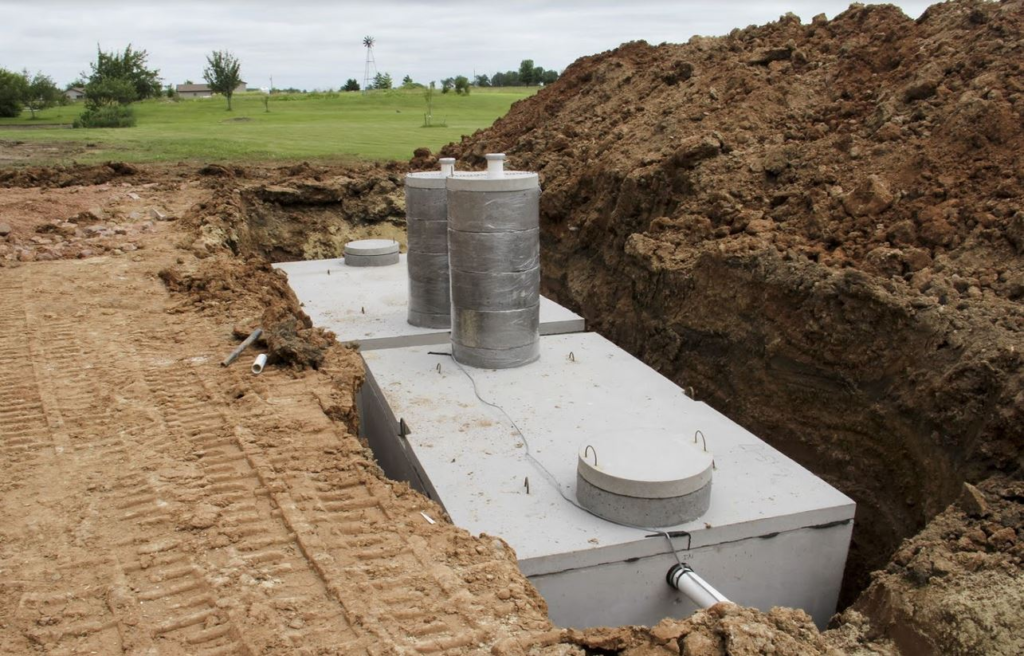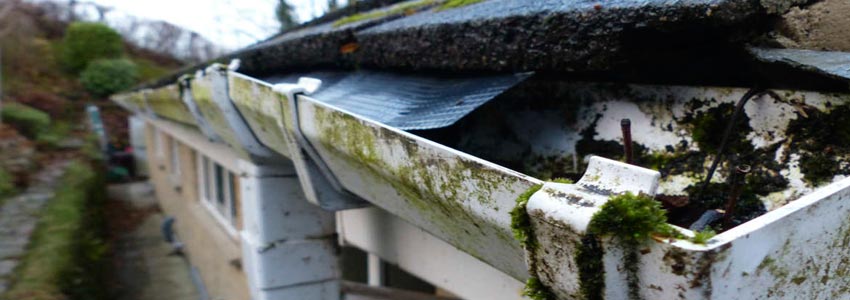
A septic tank inspection is a vital part of ensuring your septic system is functioning properly. Inspections should be conducted at least once every three years, and more often if you have any concerns about the system’s performance. Here’s a look at what a septic tank inspection typically includes.
You may already know that you should have your septic tank inspected every few years. But what does a septic tank inspection actually entail? Keep reading to find out what the septic tank inspection process includes and why it’s so important.
The Importance of Septic Tank Inspections
If a septic tank is not properly maintained, it can lead to a backup of sewage into the home, which can cause serious health problems. Additionally, a septic tank that is not properly maintained can lead to environmental contamination. That’s why it’s so important to have your septic tank inspected on a regular basis by a professional septic company. So, if I want to know about the septic tank service near me, I will do a search on the internet and will locate the best septic tank cleaning services in that locality.
Components of Septic Tank Inspection
A septic tank inspection typically includes the following steps:
- Inspecting the exterior of the septic tank for any signs of damage or leaks. They will also make sure that the tank’s baffles are intact and functioning properly.
- Next, the inspector will check the drainage field for any signs of clogging or infiltration. They will also make sure that there is adequate drainage around the field to prevent flooding.
- Now they will move on by checking the inlet and outlet pipes for any blockages or leaks.
- Then the process goes ahead with checking the distribution box for any blockages or leaks.
- After that starts the pumping out the septic tank to remove any solids that have accumulated over time.
- Inspecting the interior of the septic tank for any signs of structural damage.
- Finally, the inspector will check the soil around the septic tank to ensure that it is not overly saturated. If the soil is too wet, it can cause the tank to float out of the ground, which can lead to serious damage.
- At last, the service inspector will review the homeowner’s maintenance records to ensure that the septic system is being properly maintained between inspections.
After the inspection is complete, the septic inspection company for the septic tank pumping service will provide a written report detailing the condition of the septic system and any recommended repairs or maintenance tasks that should be completed. It’s important to follow the recommendations in this report in order to keep your septic system functioning properly and avoid costly repairs down the road.
The last message
A septic tank inspection is an important part of maintaining your home’s septic system. The inspection process includes inspecting the exterior and interior of the septic tank, checking pipes for leaks or blockages, and Pumping out the septic tank to remove any solids that have accumulated over time. Following the recommendations from your septic company’s inspection report is essential to keeping your home’s septic system functioning properly.





